10 Common Skin Problems To Watch Out For In Monsoon
39 months ago
6 minute read.

The Indian monsoon season is as exciting as it is unpredictable — with its torrential rains, cooling winds, and overall pleasant climate, it's one of the best times to be in India. However, the weather can wreak havoc on your skin if you don't take care of it.
During this time of the year, you need to take extra care of your skin, especially if you are already suffering from an ongoing or sensitive skin condition. From prickly heat to acne to fungal infections, these are some common skin problems that affect people during Monsoon and what you should do about them. Let's get started! Make sure you incorporate these 10 common skin problems into your skincare routine this Monsoon!
Is Humidity Affecting Your Skin Health? Know The Causes
The monsoon season is notorious for causing skin problems. The high humidity and constant exposure to water can lead to skin infections, rashes, and other skin problems. Wet skin causes increased infection rates, so be sure to dry off as soon as possible after a swim or a shower. During this skincare session, it's important to take precautions to protect your skin from the harmful effects of moisture and excessive heat.
Signs And Symptoms Of This Condition
Good skin in Monsoon starts with knowing your skin type and taking extra care to avoid any problems. Skin infections in Monsoon are common, so keep an eye out for any redness, itching, or unusual bumps. See a doctor as soon as possible if you experience any of these symptoms. Taking good care of your skin during Monsoon can help prevent these problems from occurring in the first place. Follow these simple tips for healthy and happy skin all season long!
- Limit your exposure by staying indoors when possible.
- Wear loose clothing that doesn't trap in sweat or cause chafing against the skin.
- Apply moisturizer every day and reapply during the day to keep skin hydrated without clogging pores.
- Drink plenty of water and limit caffeine intake (which can cause dry skin). When your skin is adequately hydrated, it will feel softer and supple.
- Try adding green tea to increase your hydration levels further; it contains antioxidants that will protect against free radicals, which damage collagen.
- Another skin problem to watch out for is heat rash. Heat rash, also known as prickly heat, appears when sweat trapped under the skin causes inflammation and rashes on the body's surface.
- Keep your skin clean and clear. A gentle face wash is one way to cleanse your skin, but you can also use natural ingredients like cucumber or honey.
10 Most Common Skin Problems During Monsoon

- Acne
- Excessive Sweating
- Eczema
- Dry Skin
- Itch
- Tinea Fungal Infections
- Folliculitis
- Ringworm
- Scabies
- Nail Infections and Athlete's Foot
1) Acne

One of the most common skin problems people experience in Monsoon is acne. Acne is caused by a build-up of oil and dead skin cells, which can clog pores and breakouts. You can do a few things to help prevent acne during Monsoon:
- Wash your face twice a day with a mild cleanser.
- Don't touch your face too much.
- Keep your hair off your face.
If you get acne, don't pick at it, as this can cause scarring.
Must check: Homemade face packs to fight acne
2) Excessive Sweating

Excessive sweating can cause skin infections and other skin problems. Keeping the skin clean and dry is important to prevent these problems. Good hygiene and monsoon skin care can help prevent these problems. Some tips for good skin in Monsoon are: don't overexpose your skin, use sunscreen, stay hydrated, avoid anything that will make you sweat more, and avoid tight clothing that might irritate your skin.
3) Eczema
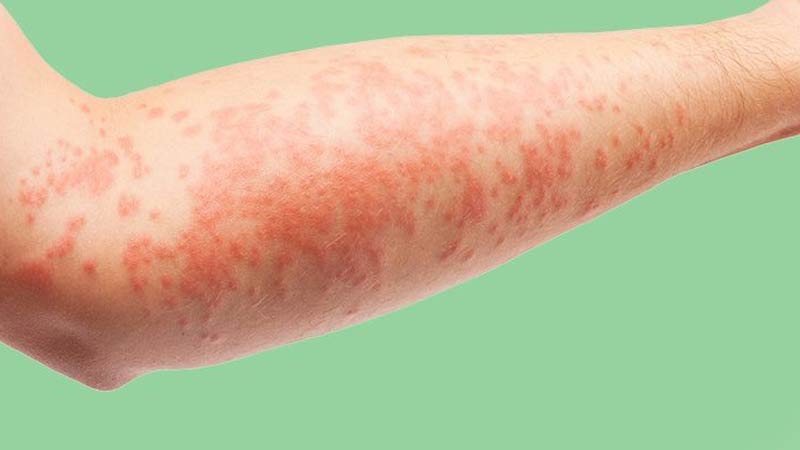
Eczema is a chronic skin condition that causes the skin to become dry, itchy, and inflamed. It is common for people with eczema to experience flare-ups during the monsoon season due to the humidity and wet weather. There are many ways to deal with eczema in Monsoon, such as skin care products, medication, and changing what you eat. When dealing with skin infections in Monsoon, the main thing to remember is that prevention should be your number one priority.
4) Dry Skin
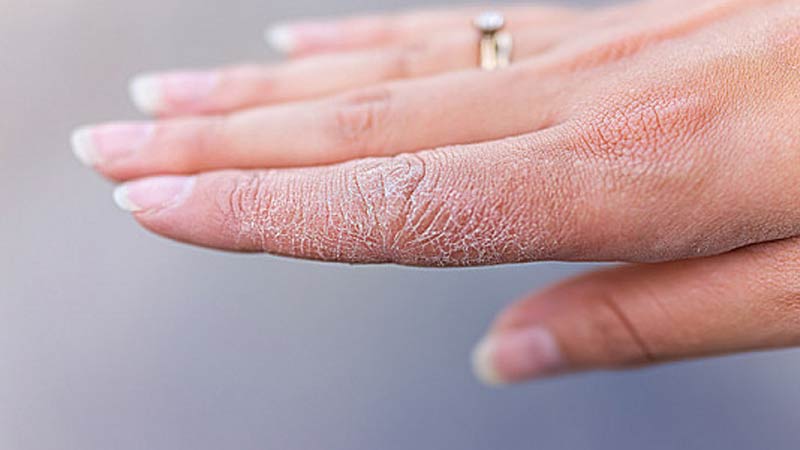
This is a common occurrence in the Monsoon, as the humidity in the air can strip your skin of its natural oils. If you have dry skin, you may notice that your skin feels tight, itchy, or flaky. To combat this, make sure to moisturize regularly. You can also try wearing cotton clothing and using a cool mist humidifier to help keep your skin hydrated.
Related: Taking care of skin and hair during monsoon
5) Itch
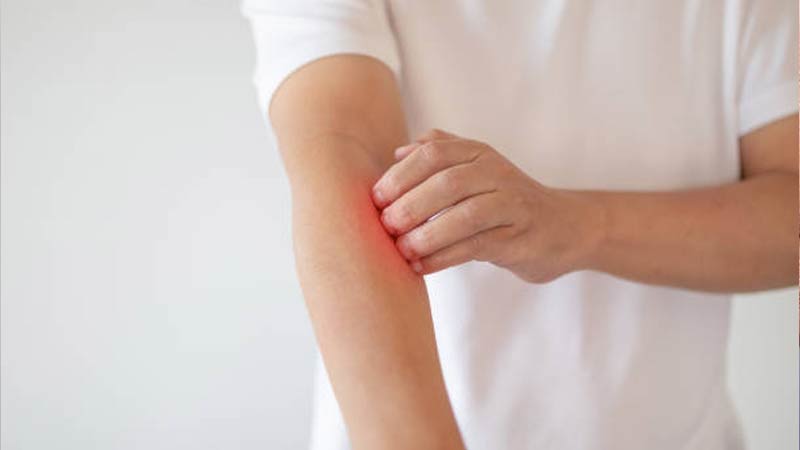
Itchy skin is one of the most common skin problems during the Monsoon. Skin becomes dry and irritated due to the lack of moisture in the air, which can lead to itchiness. Scratching only worsens the problem, so finding ways to relieve the itch is important. Moisturizing your skin regularly, using a humidifier, and avoiding hot showers can help. See a doctor rule out any other underlying conditions if your itch persists.
6) Tinea Fungal Infections
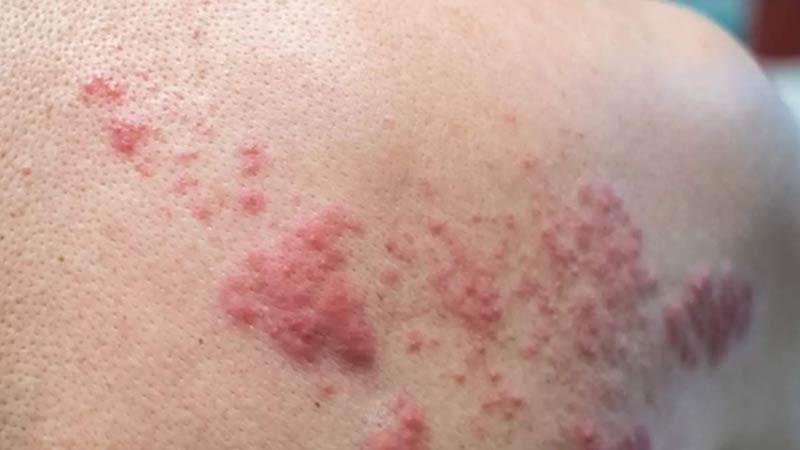
Tinea is a fungal infection of the skin that is common in Monsoon. It is characterized by red, itchy, and scaly patches on the skin. The most common type of tinea is tinea pedis, which affects the feet. Other types include tinea cruris, which affects the groin, and tinea capitis, which affects the scalp. Tinea infections are often caused by wet conditions, such as those found in locker rooms or swimming pools.
7) Folliculitis
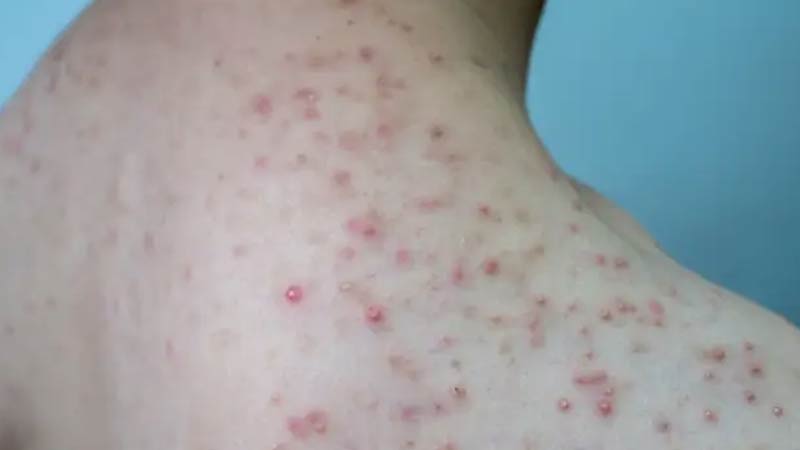
Folliculitis is a skin condition that results when hair follicles are inflamed. It can occur on any part of the body but is most common on the face, scalp, chest, and back. The main symptom of folliculitis is small red bumps or white-headed pimples around hair follicles. The bumps may be itchy or painful. A bacterial or fungal infection usually causes folliculitis.
8) Ringworm
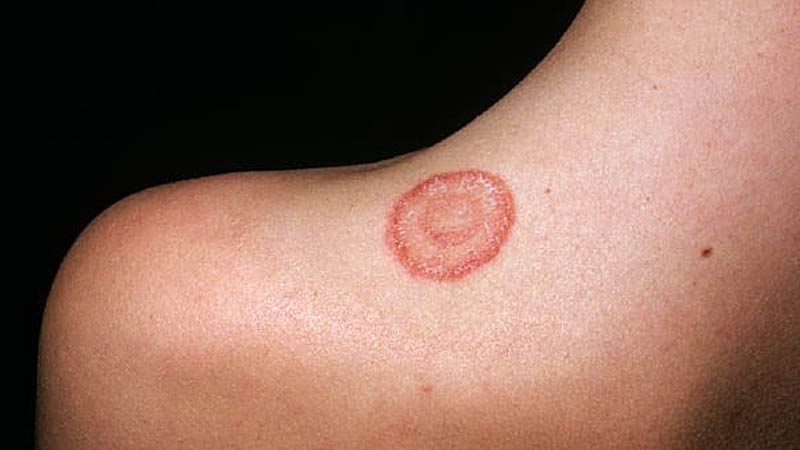
Ringworm is a common skin infection that is caused by a fungus. It can occur at any age but is most common in children. Ringworm is usually spread by direct contact with an infected person or animal. The fungus that causes ringworm thrives in warm, moist environments, making it more common in the summer and monsoon seasons. Symptoms include a red, itchy rash that often forms a ring-shaped pattern. Treatment typically involves antifungal medications.
9) Scabies

Scabies is a skin condition caused by tiny mites that burrow into the skin and lay eggs. The symptoms include intense itching, redness, and bumps. Scabies is more common in Monsoon because the humid weather provides the perfect environment for the mites to thrive. If you think you have scabies, it's important to see a doctor because it's highly contagious. Treatment involves prescription creams or lotions.
10) Nail Infections and Athlete's Foot

Fungal infections like nail infections and athletes' feet are common in Monsoon. This is because humid and wet conditions are ideal for the growth of fungi. The best way to prevent these infections is to keep your feet clean and dry. You should also avoid walking barefoot in public places. If you do get a fungal infection, it can be treated with antifungal creams or oral medications.
Related: Taking care of your feet in monsoon

Conclusion
The monsoon season can wreak havoc on your skin if you're not careful. Be sure to keep an eye out for these common skin problems and take steps to protect your skin health. With a little care, you can enjoy the rain without worrying about your skin! So be mindful of what you put on your skin this time.
Leave a Comment
Related Articles
Health Checks @ Home
Service
Explore
© 2025 Truworth Health Technologies Pvt. Ltd.




